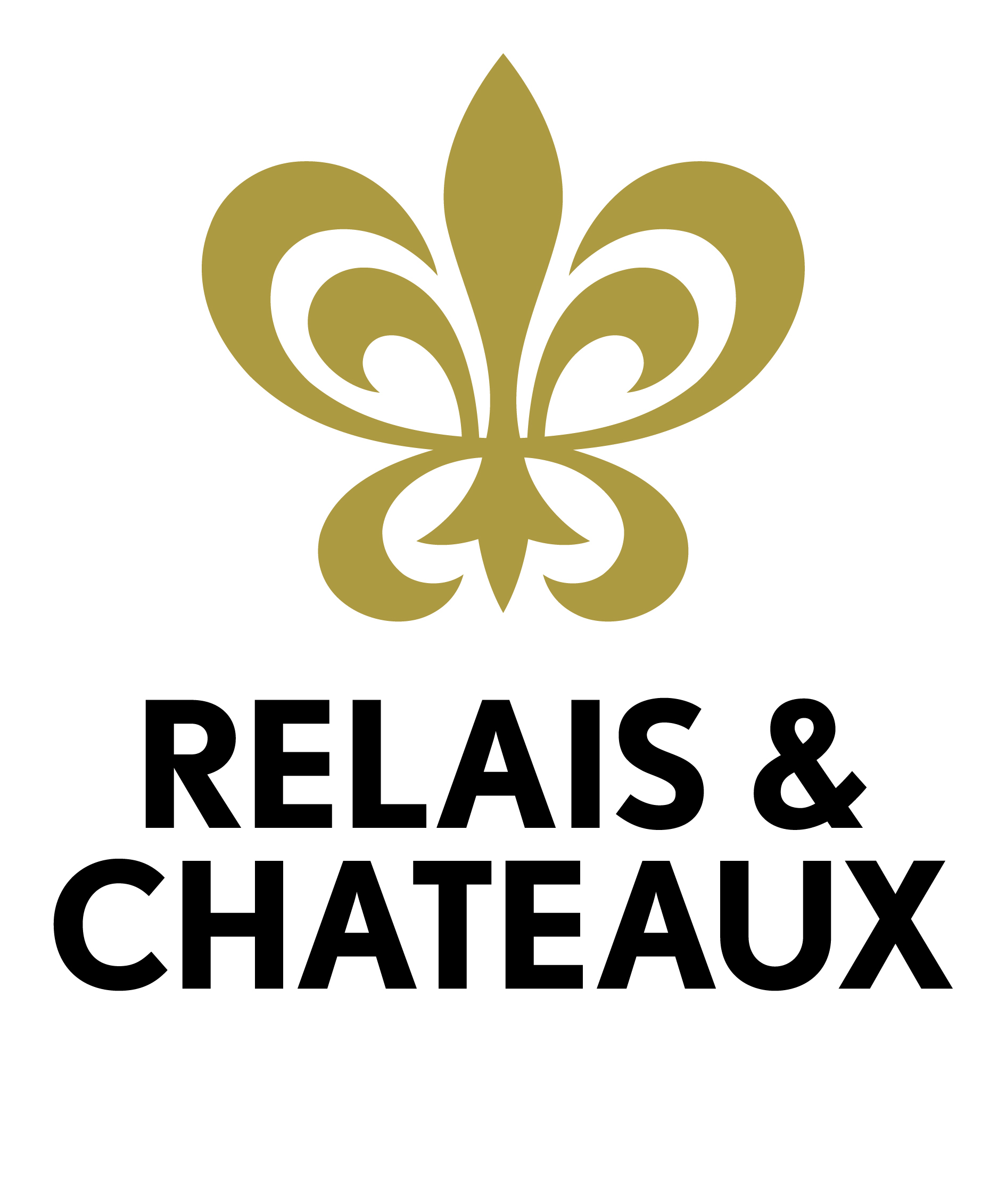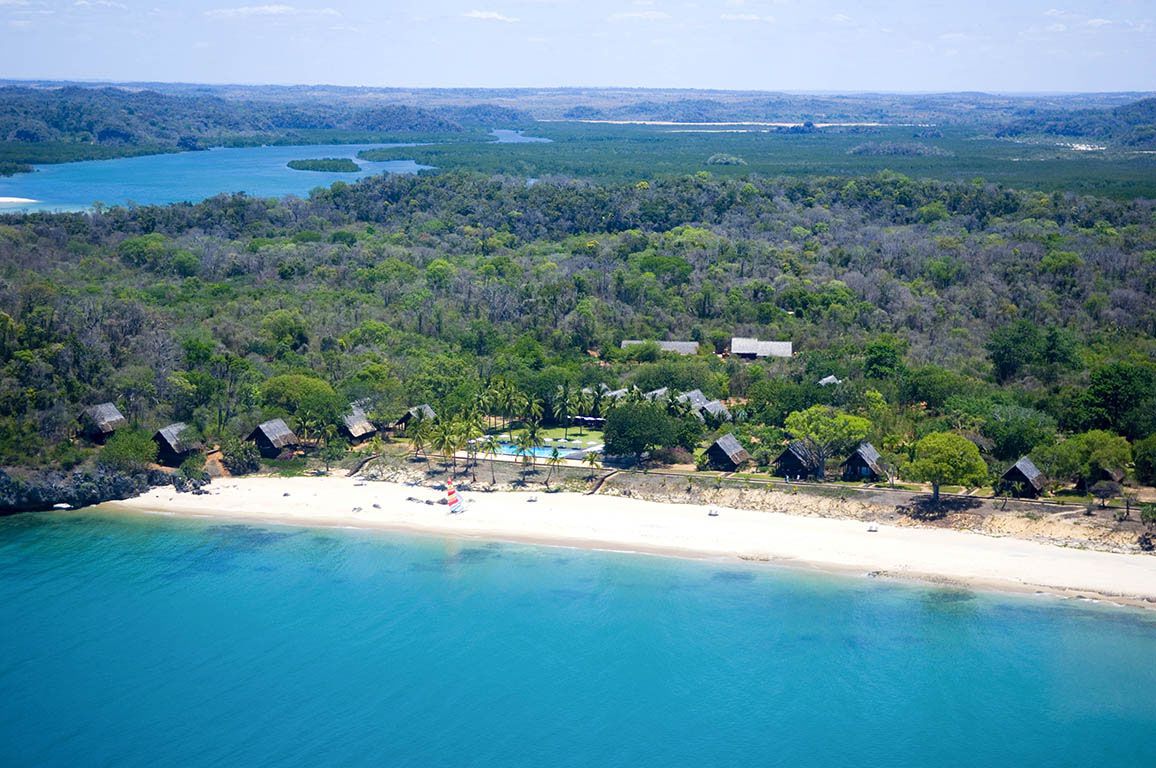
“Hazo tokana tsy mba ala.” ~ One tree doesn’t make a forest. Malagasy saying
I remember just about every detail from our time at Anjajavy, but the trees, they were an entity unto themselves. There they were, every which way we turned. Even out at sea, they would stare back at us from tiny tsingy isles in the bay. Even sailing gently in our boat, the importance of trees shook me. They were with us: making up the very wood holding us up in the world of fins and flippers. When I thought about it more, I realised just how vital they were to life in Madagascar. As they are all around the world, but particularly in a place where people rely on them more directly, in the absence of big industry and advanced technology.
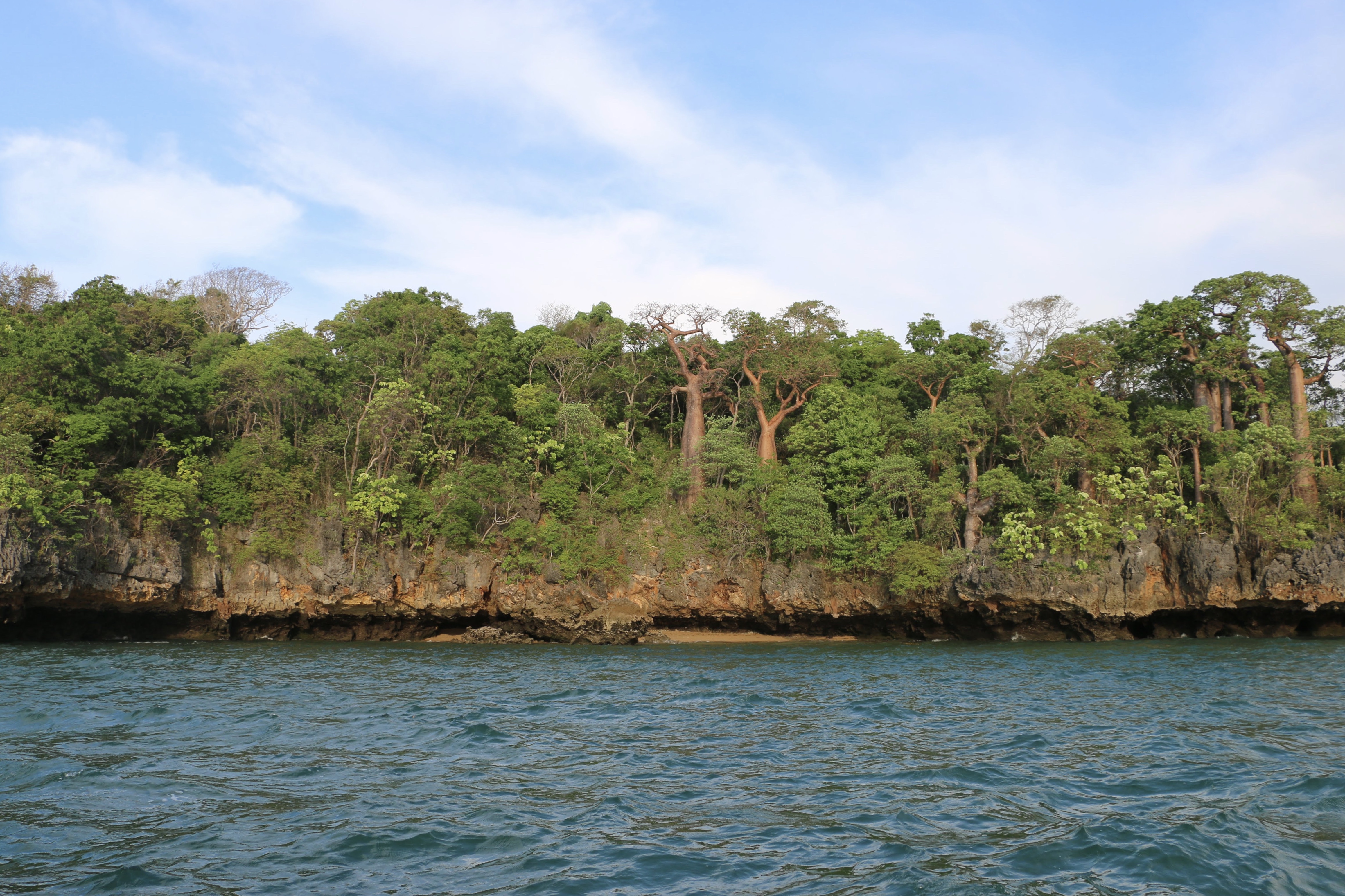
Here, at the seeming end of the world, trees were our seats (perches for great eagles and small rollers and tree-stumps overturned around a game of cards), our beds (in my villa’s own four-poster version at Anjajavy le Lodge and the grooves between branches that held mouse lemurs and giant chameleons), our shelters (my own rosewood roof and deck and the thick leaves of the trees outside, keeping rain off the sifaka).
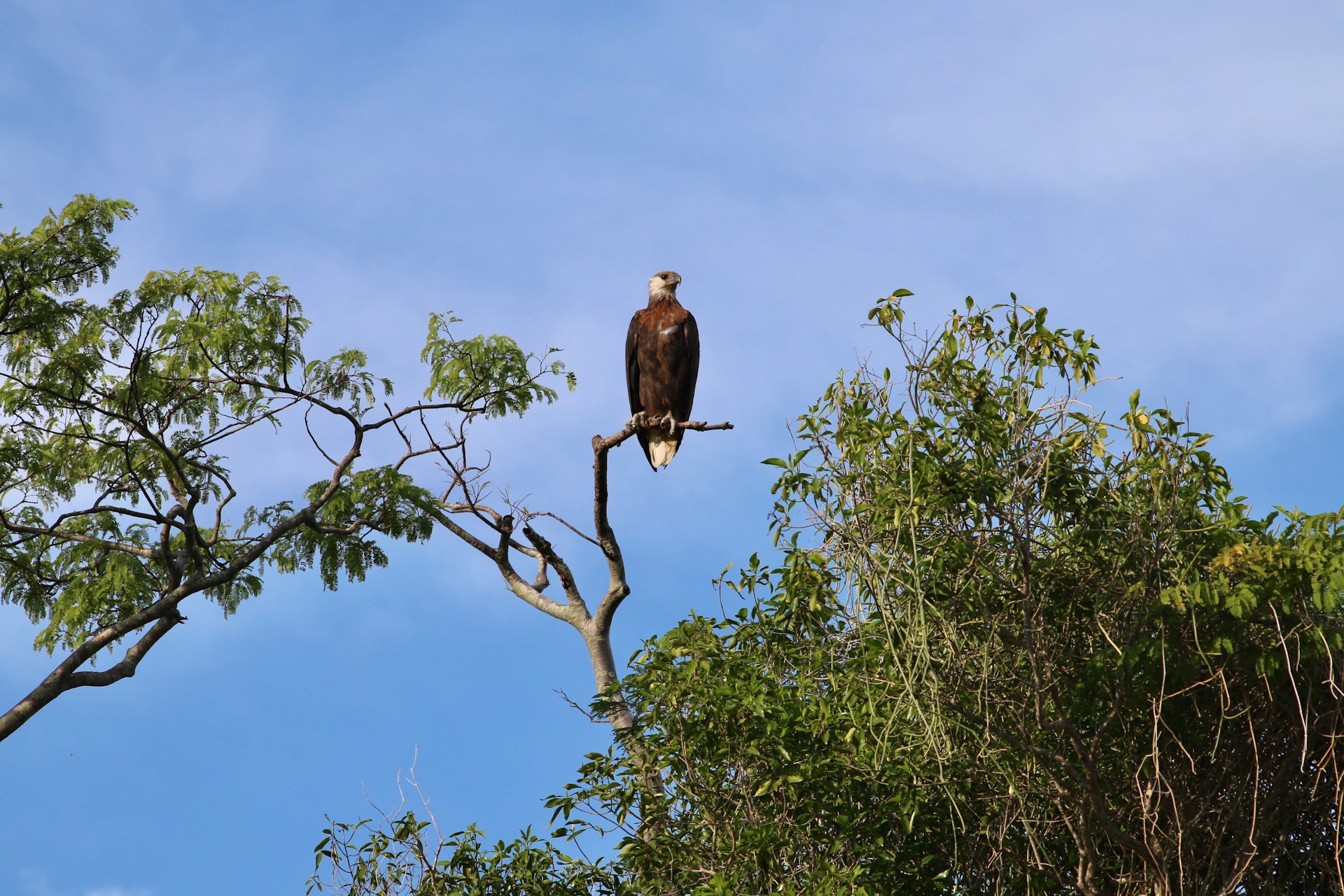
From the trees, the people of Anjajavy sourced food (from refreshing coconuts to impressive jack fruit) and created art (carved sculptures and picture frames), music (the valiha made from bamboo, the mandoliny and djembe), sacred sites, coffins and idols, education (schools and textbooks), an income (selling fruits or living off fish caught with homemade fishing rods and boats). Even physical activity, I thought, watching children playing in the high branches of the baobabs in the village. Trees were providing the very oxygen we breathed as we moved between them.
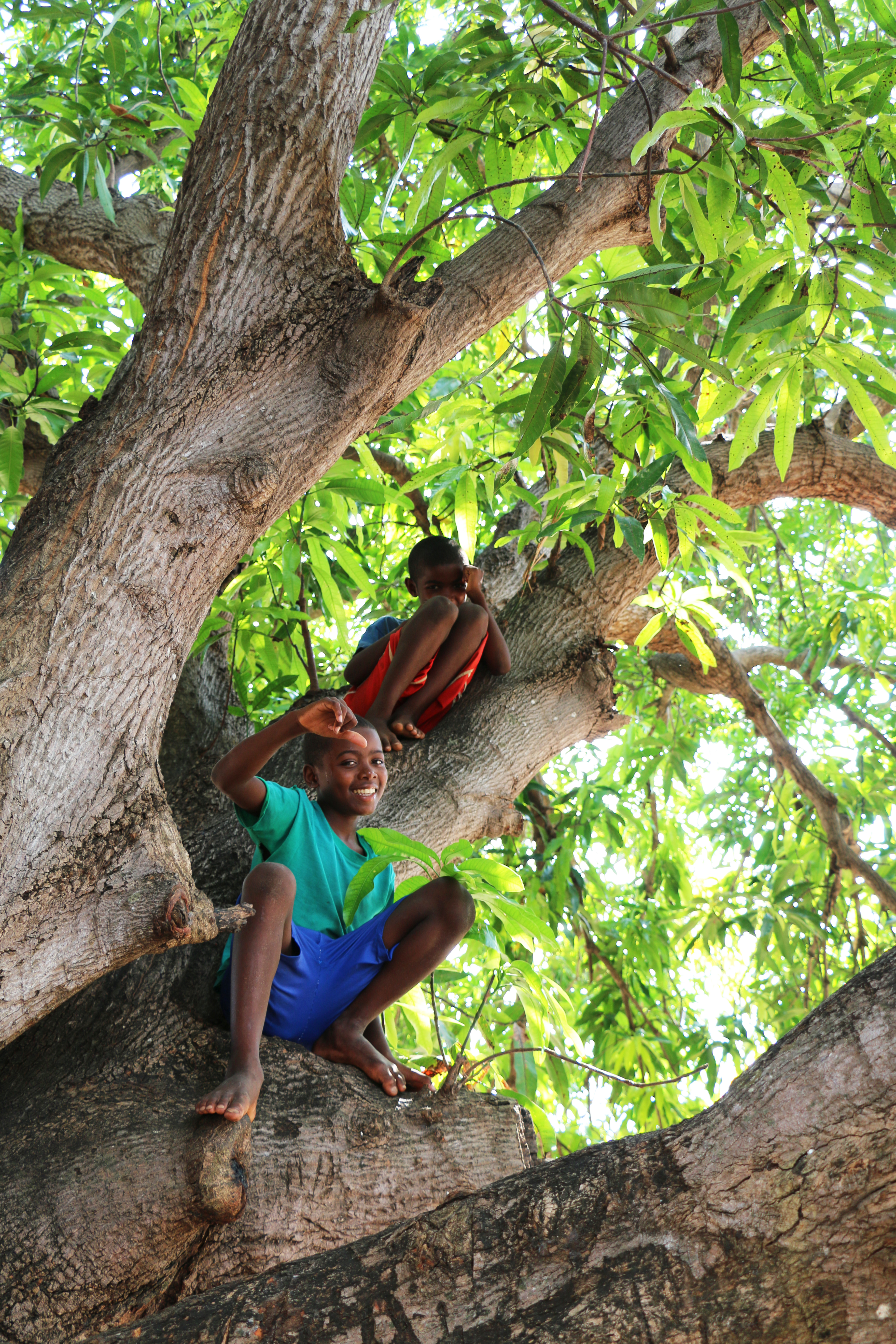
And oh, those baobabs! The longest living flowering plants on earth. Here in the Anjajavy Protected Reserve in the north-west region of Madagascar, you will find some living up to 2,000 years. Trees that have withstood terrible droughts and fierce storms, that can grow on bare rocks on sea isles, that can even live and grow wrapped around each other, as if in love. Every baobab has its own shape, its own character, its own story.
“A romance of baobabs” might not quite be the accepted collective noun for them, but it should be. For their tale is one of reverence and endurance.
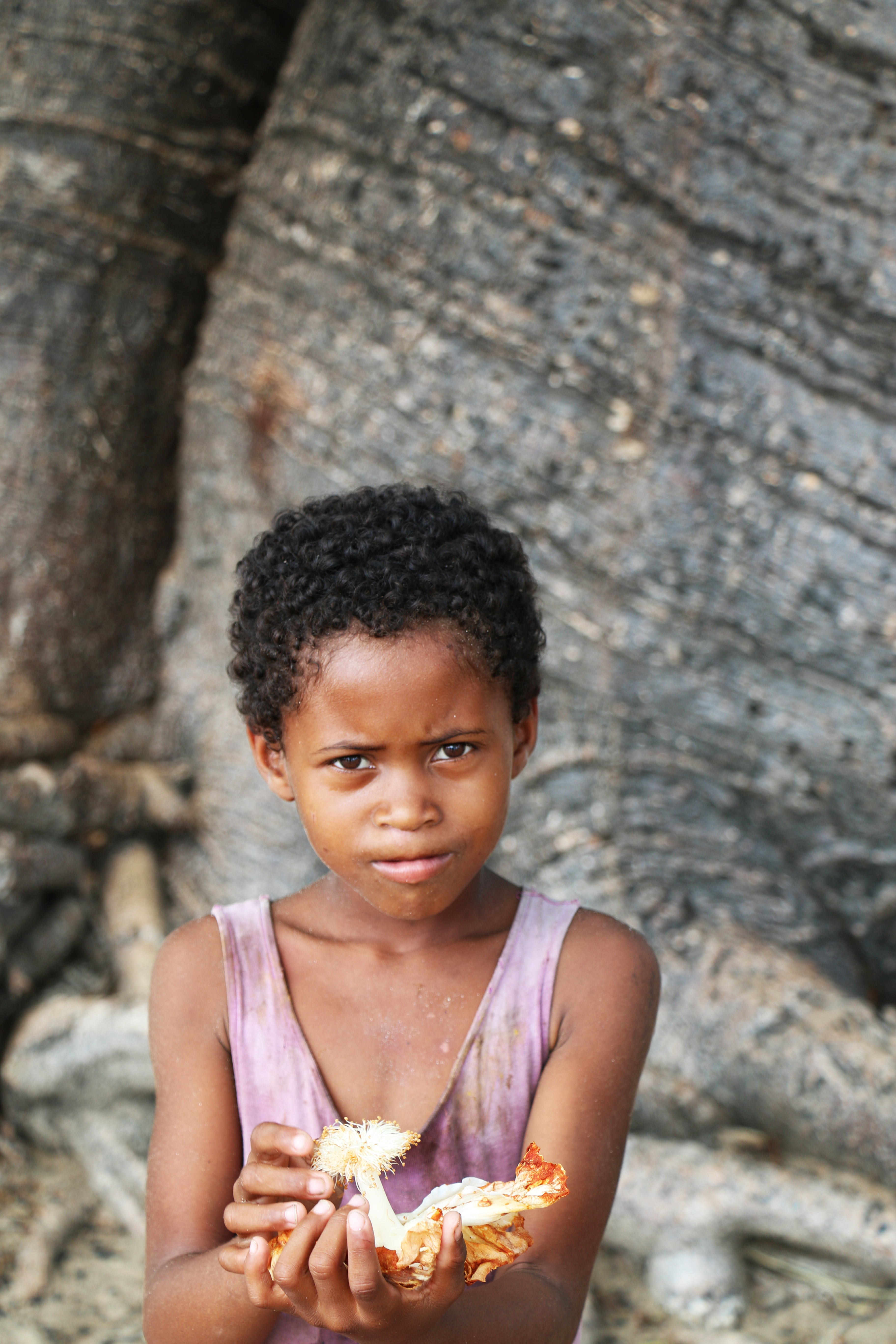
“It is therefore not surprising that these incredible trees are revered by the local people, and that some of them are held as sacred,” say the team at the lodge. “People make offerings at the base of the baobab, such as zebu horns, coins, rum or honey in the hope of receiving protection from the ancestors.”
Why they thrive so well at Anjajavy is because the reserve is committed to the conservation and rewilding of the 10,803 ha of wilderness: 1,030 ha of Private Reserve and 9,773 ha of IUCN V Protected Area (Harmonious Landscape). This region covers sea, forest, mangrove and savannah; with more than 13,000 indigenous species including 900 orchid varieties, 200 palm tree species and 130 species of aloes.

As each corner of Madagascar has its own special community of plants, at Anjajavy you’ll find the dry deciduous forests, an eco-region recognised by the major international organisations of nature conservation as a global critical priority for conservation. Here, aloes, euphorbias, bottle-creepers, giant vanilla beans grow on the sharp limestone formations of the Tsingy, endemic ebony and rosewood trees… And still, much of the flora in the Protected Area has yet to be identified and new species are regularly being discovered.
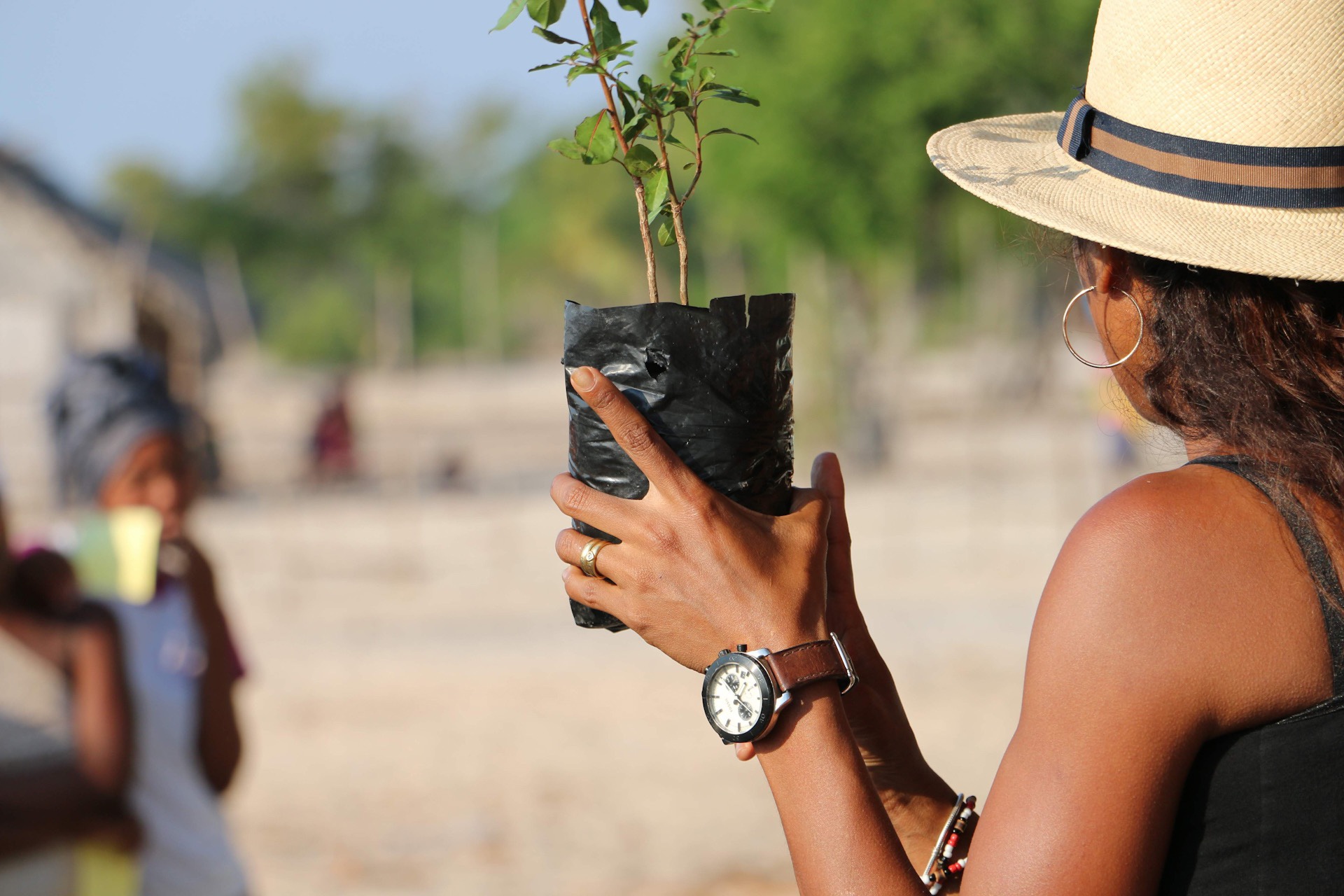
When it comes to baobabs, Madagascar is home to seven species, of which six are endemic. In Anjajavy, you’ll find three of these: the Grey (Adansonia madagascariensis), the African (Adansonia digitata) and the Fony Baobab (Adansonia rubrostipa). The latter, endemic to the eco-region, is red and gold in color with patterns that look as though they were hand-painted.
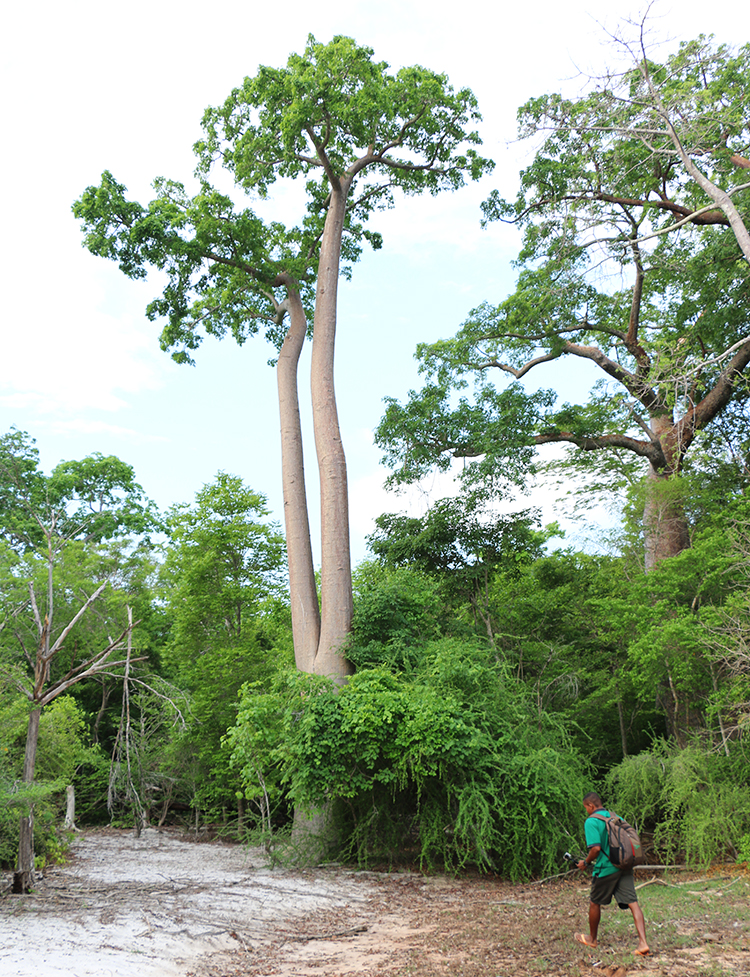
In the Anjajavy Protected Reserve, the romance of baobabs has a place to live the way you could only dream of: in peace and harmony, with travellers from all around the world able to visit and truly meditate on and feel the importance of trees so ancient, so vital and integral to life on earth. For man, fish eagle and lemur alike.

